Just as Renault has been raiding its back catalogue for inspiration, now Fiat has reimagined one of its most popular models as an electric and hybrid crossover called the Grande Panda.
Despite the ‘Grande’ prefix, the new Panda isn’t exactly massive. At 3.99 metres long, it fits right into the compact crossover class, coming in shorter than another Stellantis relation, the Jeep Avenger small electric SUV.
Unlike the curves of the pint-sized Fiat 500e electric hatch, the Grande Panda harks back to the 1980s with angular lines, boxy proportions and some quite nifty design elements.
Ensuring you never forget what you’re driving, it has Panda stamped into the lower section of the doors, while instead of a Fiat badge on the rear, the Italian brand’s name is pressed into the boot lid. You can have a retractable AC charging cable in the front grille and an interior that uses recycled plastics and bamboo.
While Fiat ruminates on whether or not to bring the Grande Panda to Australia, we got behind the wheel of one in Turin, Italy to see how it fares with some real city traffic.
How much does the Fiat Grande Panda cost?
Fiat Australia has yet to confirm whether it will bring the Grande Panda to our shores, though the vehicle has been designed as a global model.
If it does make it here it would likely undercut the Fiat 500e, if pricing were to follow a similar structure to Europe. In Italy, the Grande Panda has a starting price of just €16,950 (A$28,185) for the 1.2-litre hybrid. The electric variant costs a little more at €24,900 ($41,400), which is still around $8000 less than what the 500e costs here ($52,500 before on-roads), where the Avenger is priced from $49,990.
To see how the Fiat Grande Panda stacks up against its rivals, use our comparison tool
What is the Fiat Grande Panda like on the inside?
Even though Fiat has had to dip into the Stellantis parts bin to flesh out the interior of the Grande Panda, we have to doff our cap to its designers for putting some real effort into making it look refreshingly good.
What greets you as you ease yourself into the nicely padded driver’s seat is a decent-sized steering wheel – flattish across the top and bottom – with a two-spoke design. The multifunction controls are easy to navigate with an extended thumb.
Aft of the wheel is a 10-inch digital instrument display that’s set in a little deeper than its neighbouring 10.25-inch infotainment touchscreen.
Both of these displays are housed within a greenish polycarbonate panel that’s rounded at either end, referencing the famous oval rooftop test track of the Lingotto factory in Turin, where some 80 different models were produced over a 56-year period.
That track’s shape is repeated in small details, including the battery reserve and power meter within the dash and on the centre console, which is home to the drive selector and wireless phone charging pad. Look a little more closely at that dash panel and you’ll spot a miniature original Panda car rounding a bend.
Despite employing a digital display for the instruments, there’s little to look at due to Fiat’s basic menu system – unlike other manufacturers that offer the choice of multiple displays.
So basic is the layout that we struggled to find a way of switching to the energy consumption readout of the trip computer, only to be told there isn’t one. Seemingly Fiat reckons Grande Panda buyers won’t care for such detail, and a simple range countdown is enough.
It’s a similar story with the infotainment, so it’s a good thing that wireless Apple CarPlay and Android Auto is available for you to provide your own entertainment. We do like that Fiat has chosen to retain physical buttons for all of the cabin climate controls.
Working within the dimensional constraints of a compact crossover, the designers have made effective use of the available space.
The door bins are a useful size, though they aren’t lined so expect things to make a bit of noise as they rattle around. Across the front of the dashboard in front of the passenger is a small shelf that’s designed to be used more as a base for a phone or tablet accessory that Fiat will offer.
A cylindrical storage compartment on top of the dash adds more storage and in the case of our test car was made from a tactile bamboo fibre material that looks good and hints at sustainability – and perhaps the fact that pandas eat bamboo… There’s still a proper glovebox further down.
Between the ‘Bambox’ storage unit, the blue-and-white dash plastics made from recycled materials and the flashes of luminous yellow on the air vents and centre console, the cabin of the Grande Panda looks good and feels roomy for this size segment. Had Fiat stuck with black or grey surfaces and upholsteries it wouldn’t have the same appeal.
The Grande Panda’s boxy shape benefits those sitting in the rear as both legroom and headroom are reasonable. Again, this is a compact crossover so it’s not going to offer acres of space inside.
Nevertheless, there’s enough for two average-sized adults in the outer seats – the centre seat isn’t as comfortable and loses out on legroom due to the back of the centre console.
Those rear seats also have a 60:40 split so if you require more cargo capacity than the standard 361 litres available you can fold them down. Eleven litres of that official volume are under the floor (the hybrid gets 62 litres underfloor storage), and when the rear seats are tumbled forward the Fiat can swallow up to 1315 litres.
To see how the Fiat Grande Panda stacks up against its rivals, use our comparison tool
What’s under the bonnet?
Just two powertrain options will be available for the Fiat Grande Panda globally, at least initially.
The electric model we’re driving here uses an 83kW electric motor to drive the front wheels via a single-speed automatic transmission. Powering it is a 43.8kWh lithium-iron phosphate (LFP) battery.
Although the energy density of the LFP battery isn’t quite as high as with other battery chemistries, it is a more affordable type of pack to produce. However, Fiat doesn’t equip the Grande Panda with a heat pump.
| Specifications | Fiat Grande Panda |
|---|---|
| Drivetrain | Single-motor electric |
| Battery | 43.8kWh LFP |
| Power | 83kW |
| Torque | 122Nm |
| Driven wheels | FWD |
| 0-100km/h (claimed) | 11.5 seconds |
| Energy consumption (as tested) | 16.8kWh/100km |
| Claimed range (WLTP) | 320km |
| Max AC charge rate | 11kW |
| Max DC charge rate | 100kW |
There is also a petrol hybrid variant of the Grande Panda, although we haven’t had the opportunity to drive it yet.
That model uses a turbocharged 1.2-litre three-cylinder petrol engine combined with a 48-volt mild-hybrid system that can support brief engine-off sections of a journey. Similar to the electric model, the Grande Panda hybrid will be offered exclusively with an automatic transmission.
To see how the Fiat Grande Panda stacks up against its rivals, use our comparison tool
How does the Fiat Grande Panda drive?
Rounding the angled banking of the roof-top test track is one way to get acquainted with the Fiat Grande Panda, but it’s not where most people are going to use it. However, navigating our way down the twisting ramps to street level reveals just how easy this car is going to be when navigating multi-storey car parks.
Despite its compact footprint, the baby Italian SUV has a solid and somewhat robust feel to it – different in a less of the try-hard way that its Avenger sibling puts on, yet not as soft and squishy as its other cousin, the Citroen e-C3.
You do sit slightly raised and rearward visibility is decent so long as you don’t have any tall passengers sitting in the rear. The door mirrors are usefully placed and sized too, but we’re less enamoured by the chunky A-pillars that make it far too easy to block out a car, cyclist or pedestrian at a junction.
That aside, the end of the bonnet is always in view and the reversing camera is of reasonable quality.
Pulling away from traffic lights and stop signs demonstrates how the chunky Fiat feels light on its feet, helped by a kerb weight of 1554kg — light by EV standards.
It’s brisk to accelerate up to 50km/h but reaching 100km/h from rest takes 11.5 seconds. It’s worth remembering that this is a car that’s very much pitched at city and urban drivers, where distances are short and average speeds are low. Those conditions also favour the relatively low battery capacity.
The 43.8kWh battery is by no means the largest that’s available (though it’s larger than the 500e’s), but for those with short daily commutes it’ll be more than enough.
Quick prods of the accelerator pedal show a nippy side to the Grande Panda, and the steering is light if a little uncommunicative.
It doesn’t take long for you to realise the Fiat feels fine for what it does, but it’s not especially fun. At times, the ride can feel busy, but the urban assault course that is Turin – complete with patchwork tarmac, speed bumps and tram lines – did little to upset the Fiat.
Yes, the suspension could be a touch softer, though equally we’re glad that Fiat hasn’t tried to pull a Tesla and make it unnaturally stiff over bumps.
There are new driver assistance systems, mandated in Europe, which provide you with audible warnings for exceeding the posted speed limit – and they are annoying when inaccurate. These can be deactivated during a journey, but default to being on every time you start the car.
Performance, as we’ve mentioned, is fine and the overall quality inside is on par with the segment in terms of road and wind noise. The seats are nicely supportive and have a good amount of support for under your thighs, so longer journeys shouldn’t be a problem.
To see how the Fiat Grande Panda stacks up against its rivals, use our comparison tool
What do you get?
For now, the Fiat Grande Panda is only sold in Europe, where two equipment specifications are available for the electric variant: La Prima and (RED), the latter as part of Fiat’s ongoing relationship with the HIV/Aids charity organisation.
Only one powertrain is available for the electric version, with an 83kW output and a 43.8kWh battery. Fiat has hinted that it may add a smaller battery to make it even more affordable, as well as a larger battery for a longer range.
The Grande Panda hybrid is available in three trim grades: Pop, Icon and La Prima. Similar to the electric model, there’s only one engine – a 1.2-litre three-cylinder that produces 74kW and drives the front wheels.
2025 Fiat Grande Panda equipment highlights:
- 7kW built-in spiral charging cable
- Pixel LED daytime running lights
- 17-inch alloy wheels
- 10-inch digital instrument display
- 10.25-inch touchscreen
- Wireless Apple CarPlay and Android Auto
- 100kW DC fast-charging
- Cruise control and speed-limiter
- Reversing camera
- Lane Keep Assist
To see how the Fiat Grande Panda stacks up against its rivals, use our comparison tool
Is the Fiat Grande Panda safe?
At the time of writing the Fiat Grande Panda has yet to be assessed by Euro NCAP, though we would expect it to score better than the outgoing Panda, which is one of the few model that has a zero-star rating following a retest in 2018.
There are several of the now-standard driver assistance systems that form a part of the overall test score.
Standard safety equipment includes:
- Front and rear airbags
- Traffic sign recognition
- Hill start assist
- Driver attention warning
- Lane keep assist
- Speed limiter
- Rear parking sensors
- Reversing camera
- Automatic headlights
- eCall SOS emergency call button
To see how the Fiat Grande Panda stacks up against its rivals, use our comparison tool
How much does the Fiat Grande Panda cost to run?
In Australia, Fiat offers a three-year/150,000-kilometre vehicle warranty and an eight-year/160,000-kilometre warranty on high-voltage traction batteries.
| Servicing and Warranty | Fiat Grande Panda |
|---|---|
| Warranty | 3 years, 150,000 kilometres |
| Battery warranty | 8 years, 160,000 kilometres |
| Roadside assistance | 3 years |
| Capped-price servicing | TBC |
The combined WLTP driving range for the Fiat Grande Panda electric is 320km. While we reckon that many will be able to get close to that figure with some moderate urban driving, we predict that prolonged highway use will put a noticeable dent into that range figure.
Officially, the Grande Panda consumes 16.8kWh/100km. The relatively low weight means the battery doesn’t have to expend as much energy to the motor to pull it along. For those curious about the hybrid model, Fiat quotes a combined consumption figure of 5.4L/100km and CO2 emissions of 123g/km.
To see how the Fiat Grande Panda stacks up against its rivals, use our comparison tool
CarExpert’s Take on the Fiat Grande Panda
The Fiat Grande Panda’s single biggest draw is that it’s simply cool. The design looks great in our opinion and nifty features such as the built-in charging cable is a boon.
It certainly stands out from the crowd and if Fiat can bring it to Australia at a price that’s as affordable as it is in Europe (relatively speaking), then expect to see quite a few of these popping up outside your local coffee shops.
Complementing that form is a fair degree of functionality, with a modest boot and rear seats that will be spacious enough for the little ones and your older friends will find little to complain about. At least on a short journey.
The Grande Panda shows how electric vehicles can be fun and don’t need to have massive batteries and silly power outputs. This is one of the most relevant EVs in recent memory. Let us have it, Fiat Australia.
Click the images for the full gallery
MORE: Everything Fiat Grande Panda




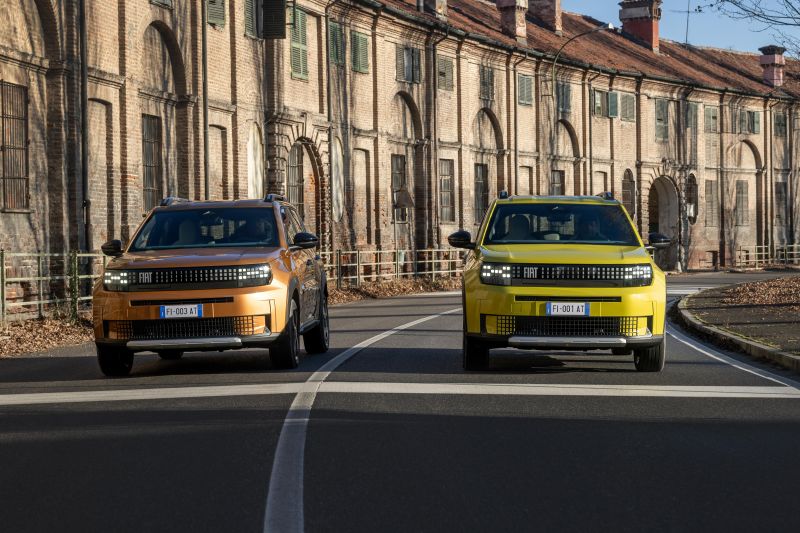
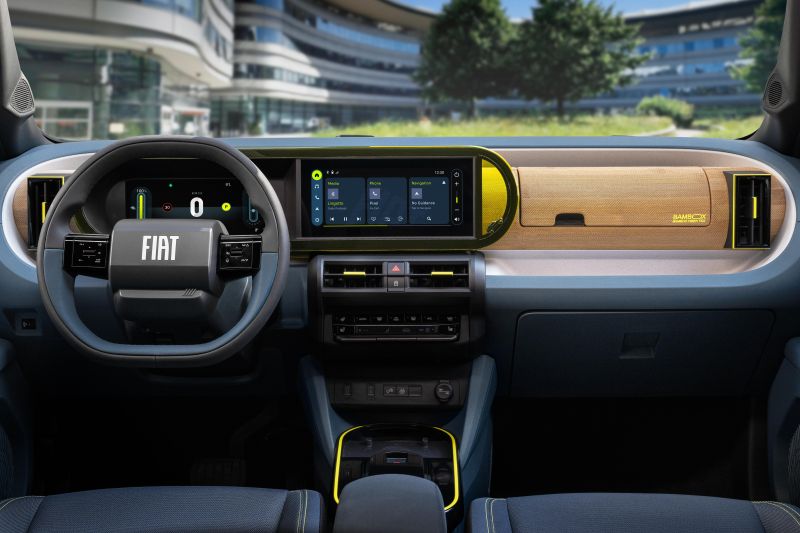
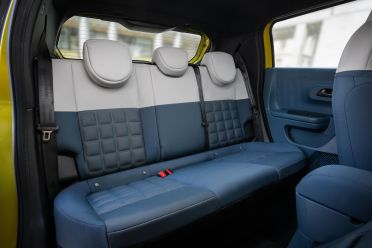
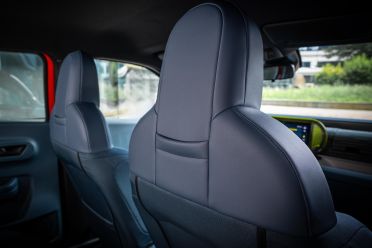
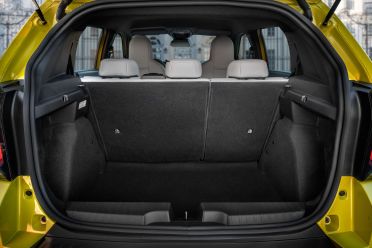
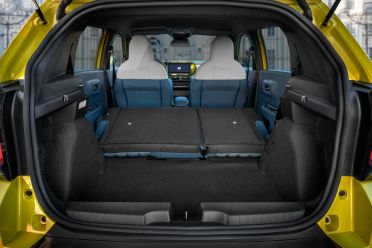
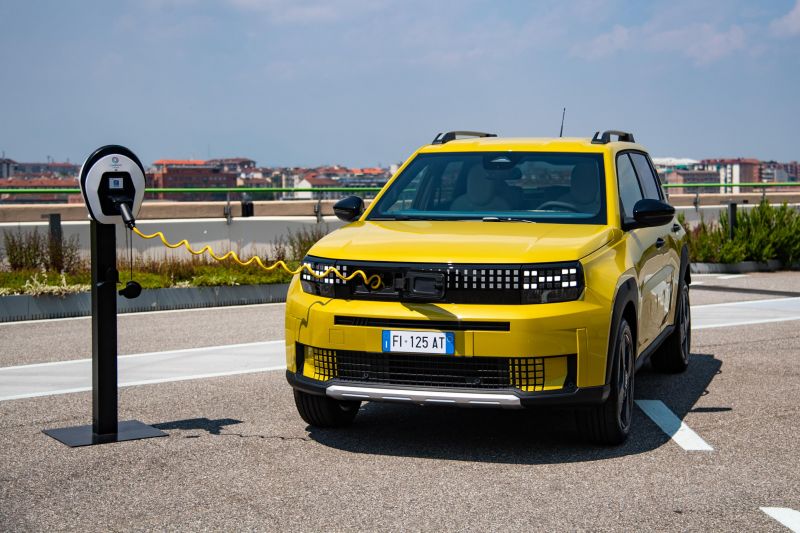
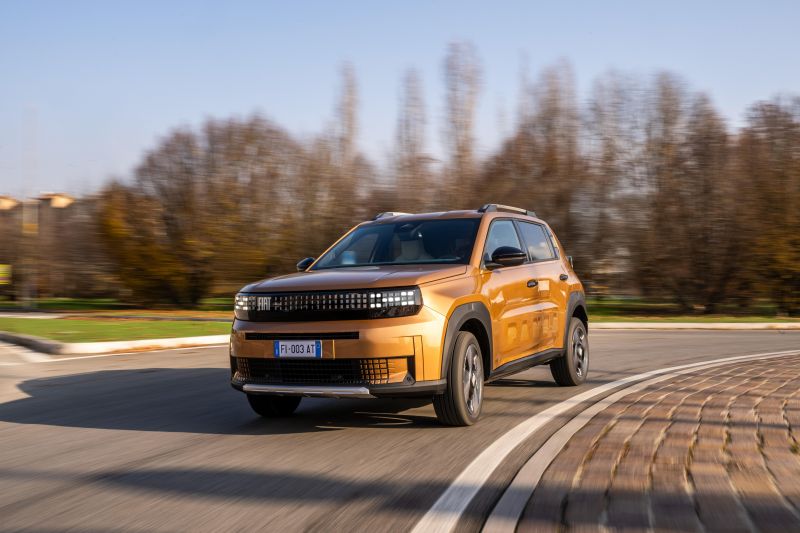
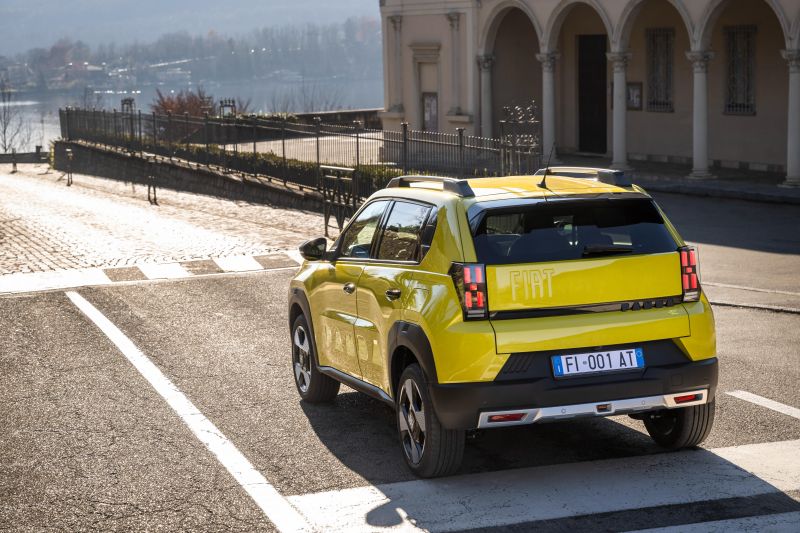
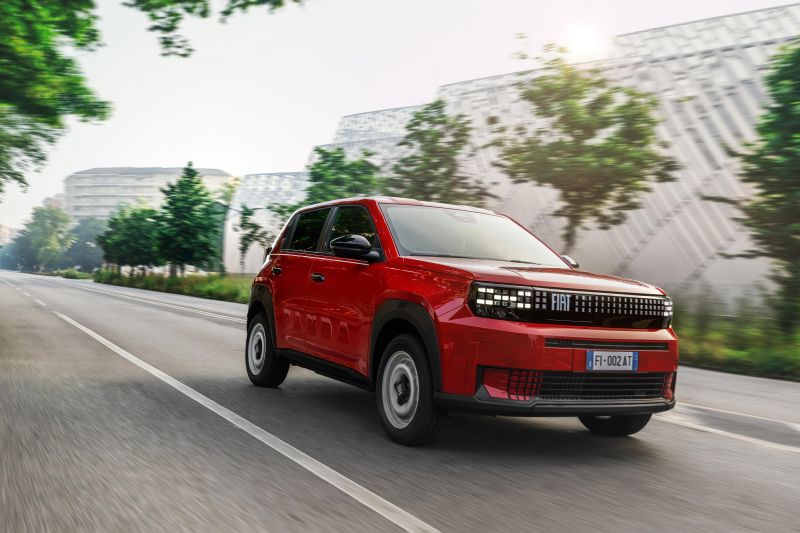
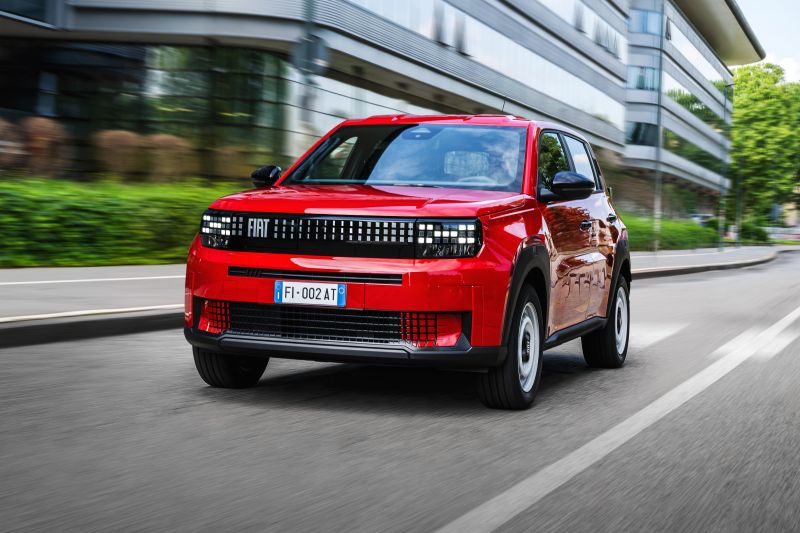
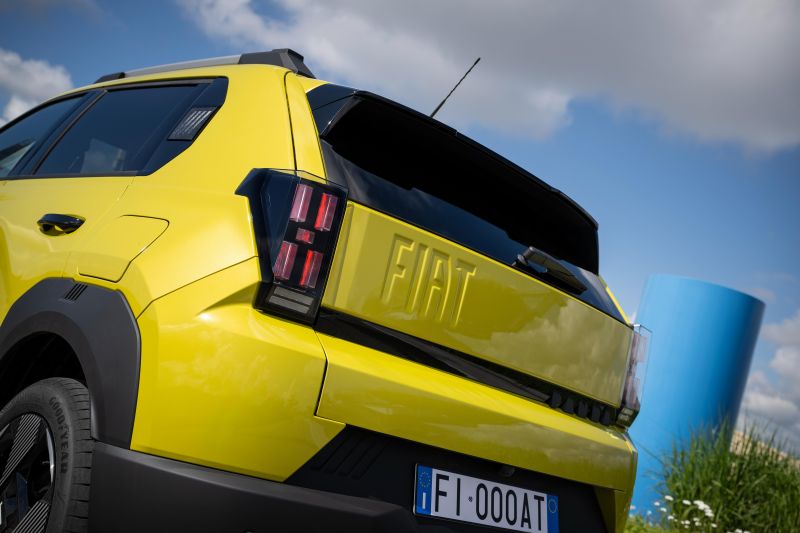
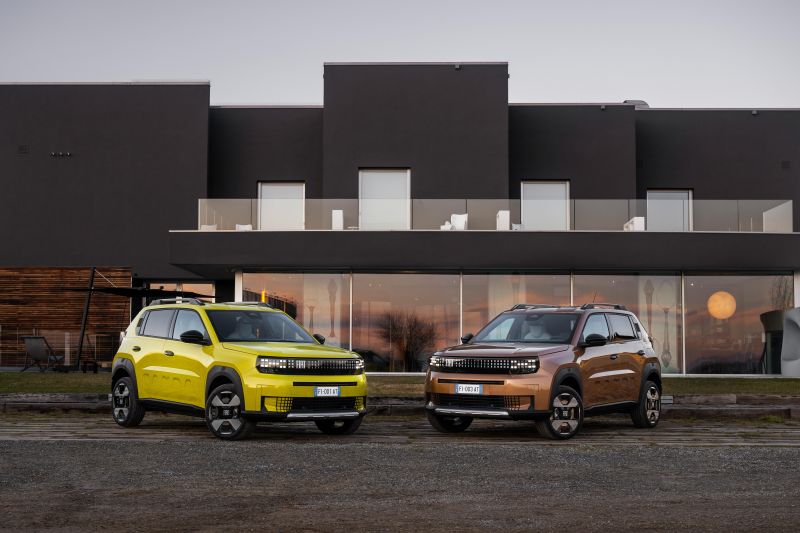
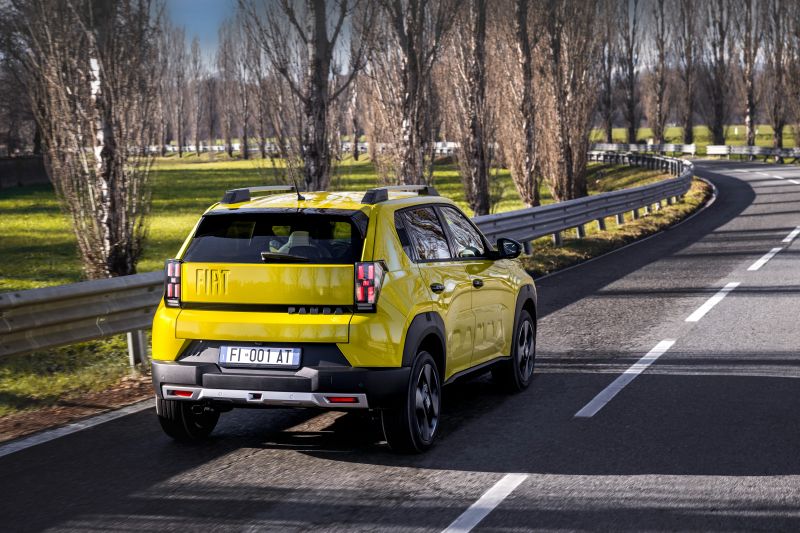









Leave a Reply